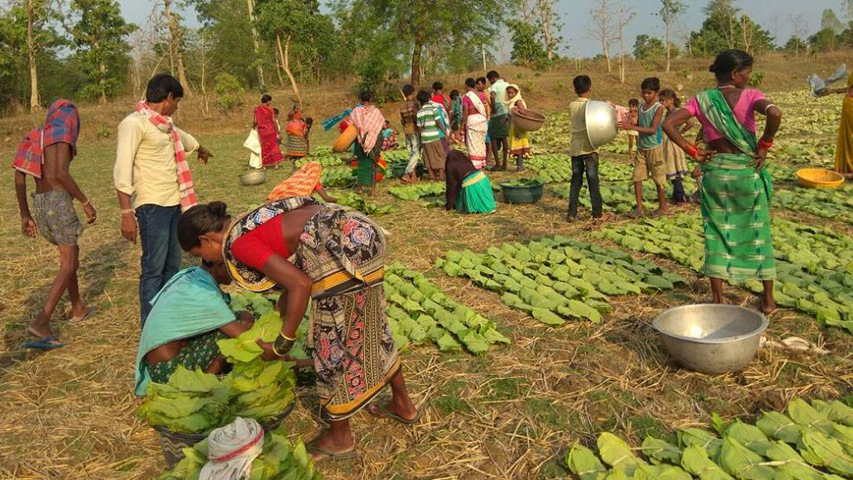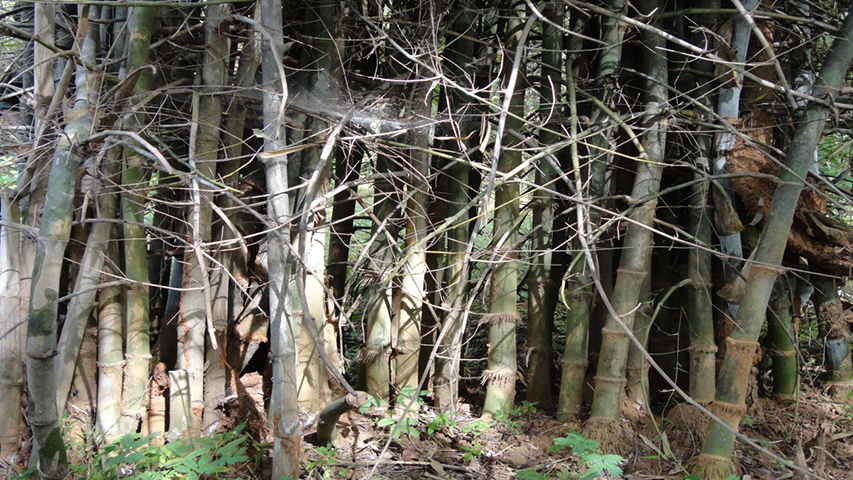
Respect Forest Rights of Indigenous People and Communities
by Yash Saboo September 28 2018, 5:21 pm Estimated Reading Time: 2 mins, 50 secsStrengthening community forest rights is an essential strategy to reduce billions of tonnes of carbon emissions, making it an effective way for governments to meet climate goals, safeguard forests and protect the livelihoods of their citizens, according to major new reports.
Two new studies released on the eve of the Global Climate Action Summit illustrate the powerful links between securing indigenous and community land rights and protecting the forests that are vital to mitigating climate change. As climate researchers, advocates, and leaders gathered in California to discuss priorities and goals at the Global Climate Action Summit, they also need to recognize the urgent need to secure the rights of Indigenous Peoples and local communities as a key climate solution, reports Rights and Resources.

Down To Earth
The first study, “A Global Baseline of Carbon Storage in Collective Lands,” presents the most comprehensive assessment to date of carbon storage in documented community lands worldwide. It finds that Indigenous Peoples and local communities manage nearly 300,000 million metric tons of carbon in their trees and soil—equivalent to 33 times global energy emissions in 2017.
For the first time, this study not only measured aboveground carbon but also belowground and soil organic carbon; as a result, it shows that communities manage five times more carbon than demonstrated in a 2016 study on aboveground tropical forest carbon. It is the product of an innovative partnership that brings together indigenous organizations, research institutions, and policy experts.
The second study, “At a Crossroads”, is the latest paper in Rights and Resources Initiative's (RRI) series of analyses monitoring the legal recognition of forest tenure around the world. It finds that while the forest area legally recognized for communities has grown nearly 40 percent since 2002—to a total of 15 percent of forests globally—the rate of recognition has remained slow since 2008. Despite limited progress, the lands that were recognized between 2013-2017 have much stronger protections for community rights than those recognized during the previous 5 years (under Rights and Resources Initiative methodology, more lands were “owned by” rather than “designated for” indigenous and local communities), signalling a potential upswing in recognition of community forest ownership.

Aid for change - WordPress.com
Indigenous peoples and other local communities play a vital role when it comes to mitigating the impact of climate change. But despite inhabiting 50 percent of the world’s land, these communities legally own just 10 percent of it. As a result, civil society groups are calling on governments around the world to scale up the protection of customary land rights.
This research adds to a growing body of evidence that indigenous peoples and local communities have long served as leaders in the fight against climate change. As the world scrambles to stall deforestation and protect the planet, indigenous peoples and local communities must have a seat at every major climate dialogue, their rights must be respected, and the world must invest in indigenous and community-led solutions to the climate crisis.
“If we don't find a way to secure the rights of these indigenous peoples and communities who are trying to make a living, and trying to maintain and sustain their forests, we're all going to be worse off in the not-so-long term,” said Alain Fréchette, director for RRI strategic analysis and global engagement at the. “The urgency to act is paramount.”





-173X130.jpg)
-173X130.jpg)
-173X130.jpg)
-173X130.jpg)

_(7)-173X130.jpg)
-173X130.jpg)